Crater Lake: A Natural Wonder
Crater Lake, a breathtaking marvel of nature, stands as a testament to the power and beauty of the Earth’s forces. Over 7,700 years ago, a colossal volcanic eruption led to the collapse of Mount Mazama, creating the vast caldera that now cradles the lake. This iconic landmark, rich in geological history, has inspired awe for millennia. Native Americans bore witness to its dramatic formation, and today, scientists continue to study its remarkable purity. Nestled in southern Oregon, Crater Lake is the heart of Crater Lake National Park, established in 1902 as the fifth-oldest national park in the United States and the only one in Oregon. The park encompasses 183,224 acres (741.5 km²) of pristine wilderness, with elevations ranging from 6,178 feet (1,883 m) at the lake’s surface to 8,000 feet (2,400 m) along the caldera rim.
A Natural Masterpiece At an astonishing depth of 1,949 feet (594 m), Crater Lake is the deepest lake in the United States and ranks among the deepest in the world. Its average depth of 1,148 feet (350 m) makes it the deepest lake in the Western Hemisphere. What sets it apart is its unmatched clarity and vivid blue waters, sustained solely by rain and snow. With no inflowing or outflowing streams, the lake remains one of the most pristine bodies of water on Earth. Perched atop the Cascade Mountain Range, Crater Lake’s striking blue waters and rugged caldera walls create a captivating scene. Its natural beauty draws artists, photographers, and visitors from around the world, eager to experience its serene and majestic allure.
A Geological and Ecological Marvel Crater Lake National Park offers a unique blend of geological history and ecological diversity. The park’s towering peaks and tranquil waters provide a stunning contrast to the lush forests and diverse wildlife that thrive within its boundaries. Whether exploring the park’s scenic trails, marveling at its geological formations, or simply gazing at the lake’s mirror-like surface, visitors are immersed in the wonders of nature. Crater Lake stands as a symbol of resilience and beauty—a reminder of the Earth’s dynamic history and its ability to create awe-inspiring landscapes.
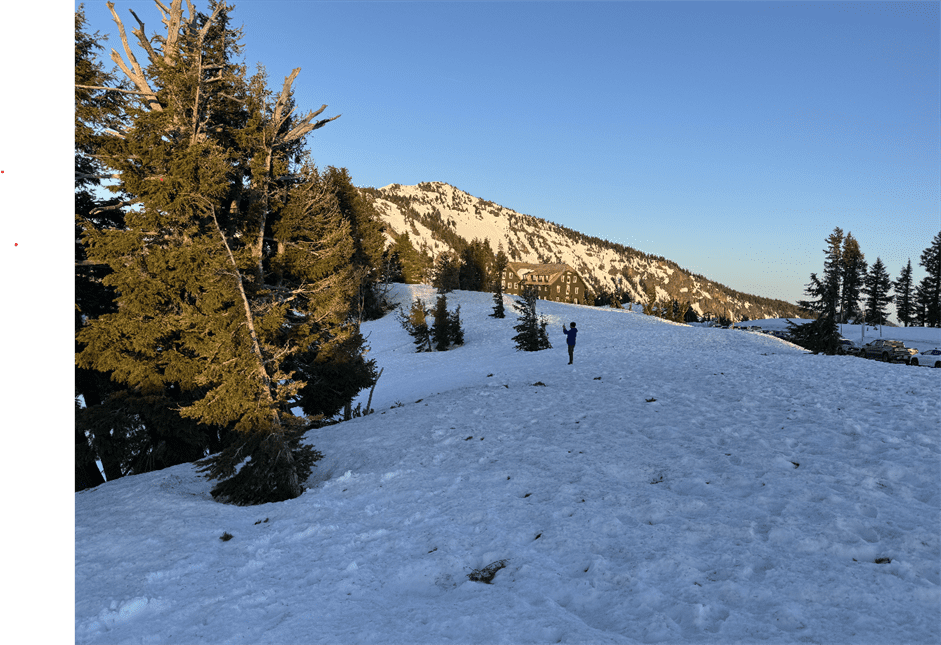
Visiting Crater Lake: Seasonal Highlights
Crater Lake National Park is open year-round, 24 hours a day, but weather conditions significantly shape the visitor experience, especially in winter. The park receives an average of 42 feet (13 meters) of snow annually, leading to seasonal road closures:
- North Entrance Road and Rim Drive: Closed to wheeled vehicles during the winter months.
- West and South Entrances: Plowed as needed and remain open to automobiles year-round.
Winter Viewing and Photography
Winter provides unique opportunities to view and photograph Crater Lake’s serene beauty. However, conditions are unpredictable. Clouds and snowstorms obscure the lake about 50% of the season. Even on clear days, road safety concerns may delay access to Rim Village for lake views.
Before visiting in winter, follow this checklist:
- Check the weather forecast for your travel day.
- Review current park conditions for road closures and alerts.
- View the Rim Village webcam to confirm if the lake is visible.
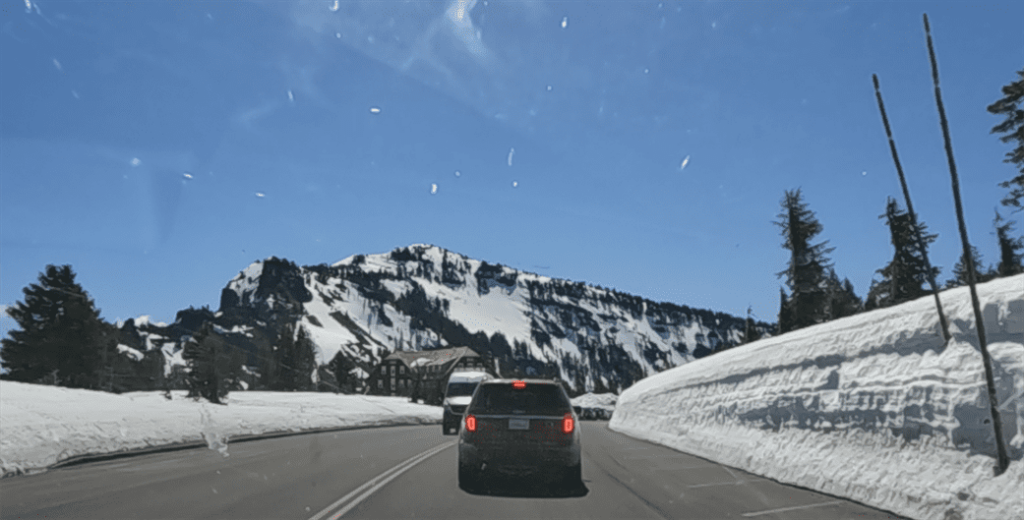
Ranger-Guided Snowshoe Walks
For an immersive experience, join a ranger-guided snowshoe walk. These tours offer a fun and educational way to explore Crater Lake’s sub-alpine forests and meadows.
- Duration: Two hours
- Distance: 1–2 miles of moderate to strenuous terrain
- Starting Point: Most tours begin at Rim Village and follow routes determined by the ranger.
- Age Requirement: Participants must be at least 8 years old.
- Reservations: Advance booking is required due to limited space.
No prior experience is needed, and snowshoes are provided. For more details and reservations, visit the park’s official website.
Embrace the wonder of Crater Lake, where nature’s beauty and power come together to create an unforgettable experience.
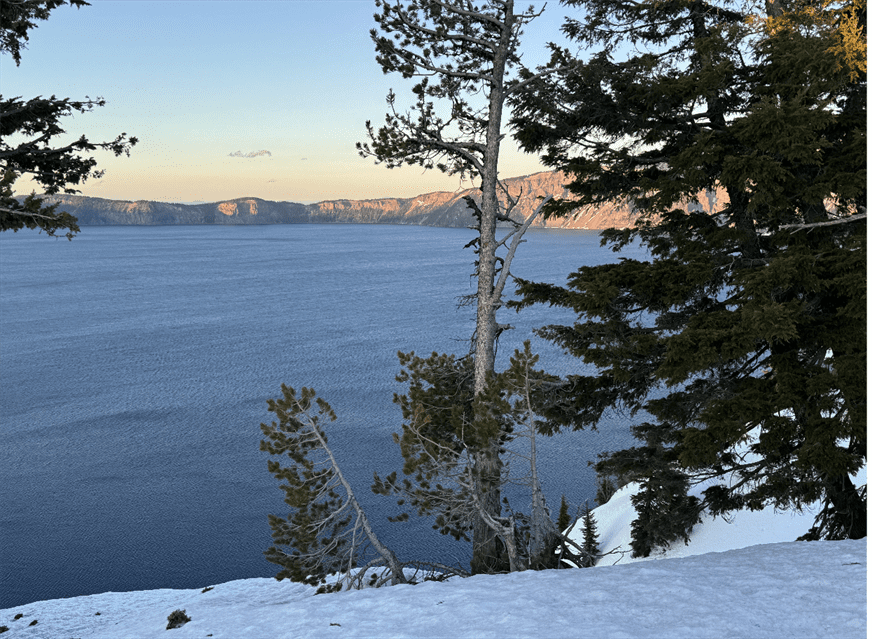
Ranger-Guided Snowshoe Walks at Crater Lake
Crater Lake National Park transforms into a magical winter wonderland, receiving an average of 42 feet of snow each year. For those seeking adventure and education, ranger-guided snowshoe walks offer a perfect way to explore the snowy landscapes while learning about the remarkable ways plants, animals, and humans adapt to the harsh winter environment.
Schedule and Availability
These guided walks are offered:
- Weekends and Holidays: Saturdays, Sundays, and holidays from late November through April.
- Winter Break: Daily from December 23 to January 3.
- Spring Break: Daily from March 24 to March 28.
Each walk begins at 1:00 PM, lasts for two hours, and covers 1 to 2 miles of moderate-to-strenuous terrain.
A Unique Off-Trail Adventure
Rather than following a set trail, participants embark on an off-trail exploration through forests and meadows along the rim of Crater Lake. On days when the road to Rim Village is closed due to snow, the walks take place near Park Headquarters, providing equally stunning views and a memorable outdoor experience.
Costs and Requirements
The snowshoe walks are free of charge, apart from the park’s winter entrance fee of $20 per vehicle. Snowshoes are provided at no cost, and no prior snowshoeing experience is needed. However, participants should come prepared with warm, layered clothing and water-resistant footwear to stay comfortable during the hike.
Additional Details
- Age Requirement: Participants must be at least 8 years old.
- Pets: Not permitted on the snowshoe walks.
These ranger-guided excursions are a wonderful opportunity to connect with nature, discover Crater Lake’s winter beauty, and gain insights into the resilience of life in extreme conditions. Whether you’re a seasoned adventurer or a first-time snowshoer, this experience is sure to leave you inspired.
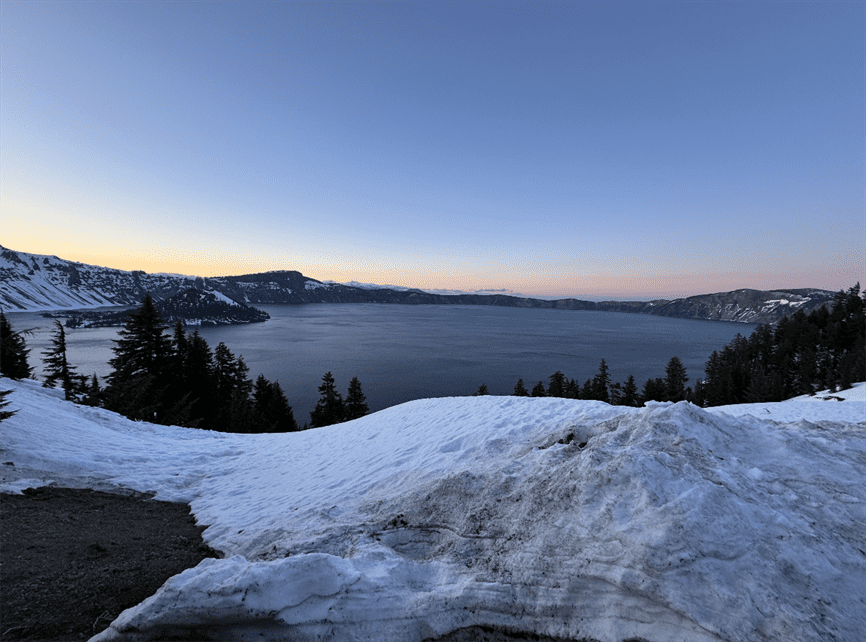
Crater Lake National Park: Hours of Operation and Seasonal Information
Crater Lake National Park is open year-round, offering visitors 24/7 access to its stunning landscapes and unique experiences. While no reservations are required to enter the park, seasonal weather conditions significantly impact the availability of roads, trails, and facilities.
Operating Hours and Visitor Information
Park Accessibility
The park remains accessible throughout the year, regardless of the season. Visitors can arrive at any time, making it a convenient destination for spontaneous adventures or planned trips.
Seasonal Variations
Crater Lake National Park experiences two primary seasons:
- Winter (November through April): Snow dominates the landscape, leading to road closures and limited access to some areas and services.
- Summer (July through mid-September): Roads and facilities are fully operational, making it the busiest time of year.
May, June, and October fall into transitional periods with more unpredictable conditions. Late or early snowfalls, fluctuating snowmelt, and the timing of snow removal affect when certain facilities and services open or close.
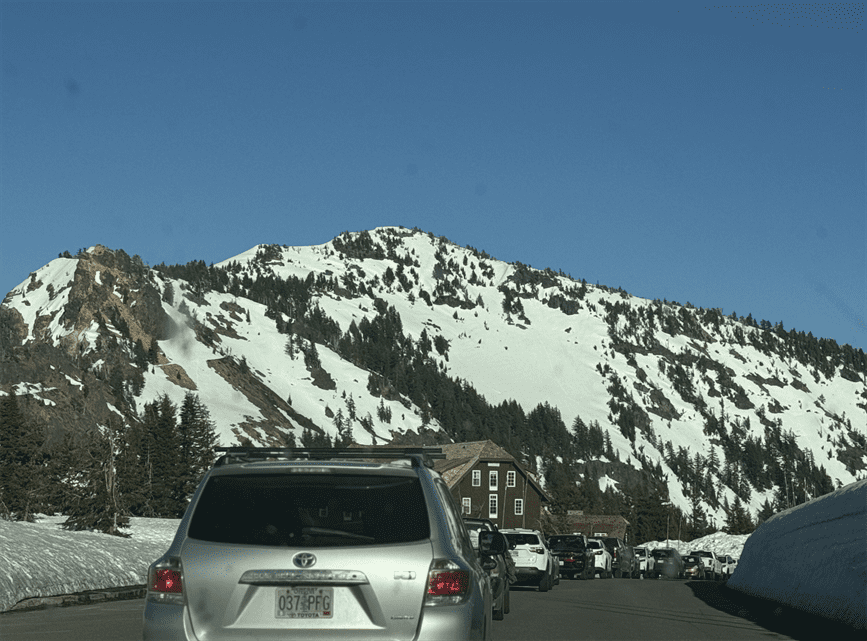
Key Visitor Information
- Visitor Centers: Operating hours vary seasonally. Check availability before your visit.
- Roads and Trails: Many roads and trails close in winter due to snow and reopen once conditions permit.
- Camping and Lodging: The Mazama Campground, Crater Lake Lodge, and Cabins at Mazama Village have seasonal availability, subject to weather conditions.
- Tours: Trolley and boat tours are offered during the summer months but are unavailable during the winter.
Visiting in May, June, and October
During these transitional months, access to certain park amenities and services can be unpredictable. While the park remains open, visitors should plan for variable conditions and check for updates on:
- Road and trail closures
- Availability of concessions and facilities, including campgrounds and boat tours
Crater Lake National Park offers a unique experience in every season, but weather plays a significant role in shaping what’s accessible. Whether you’re visiting in the snow-draped beauty of winter or the vibrant greenery of summer, planning ahead ensures a safe and enjoyable adventure.
Crater Lake National Park Updates East Rim Drive Rehabilitation
The East Rim Drive project has resumed, focusing on road improvements between Skell Head and Phantom Ship Overlook, including Cloudcap Road. For details, see the July 11, 2023, News Release: Historic East Rim Drive to Undergo Major Rehabilitation.
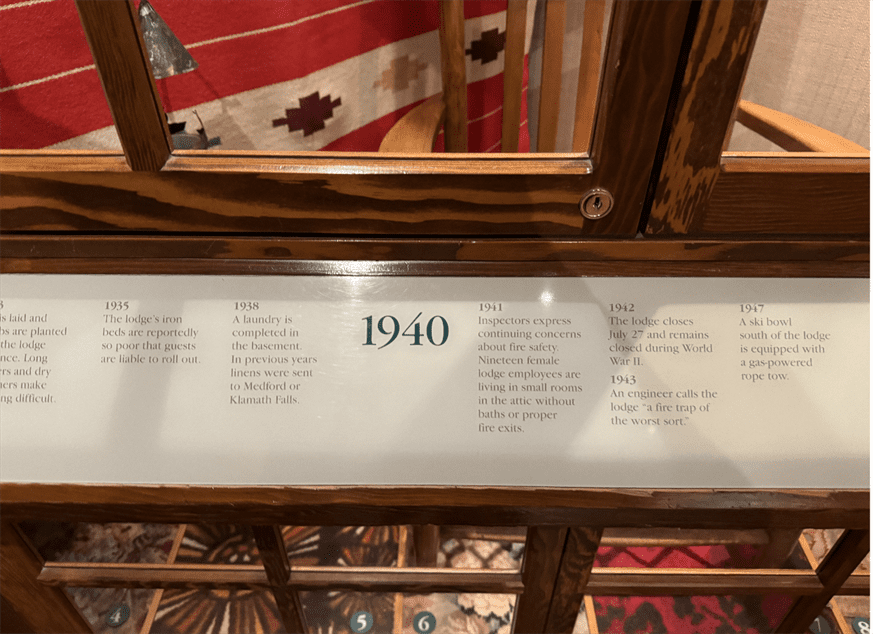
Visitor Centers
- Steel Information Center: Open daily, 10:00 AM–4:00 PM (Closed January 13).
- Rim Visitor Center: Closed for the season.
Weather and Road Conditions
Crater Lake is a designated “Snow Zone.” Chains or traction tires are required during winter. Check webcams, the park’s weather page, or TripCheck.com for updates.
Food, Gifts, and Facilities
- Rim Cafe and Gift Shop: Open daily, 10:00 AM–5:00 PM (Closed December 25).
- Crater Lake Lodge Dining Room & Annie Creek Restaurant: Closed for the season.
- Restrooms: Available 24/7 at Rim Village and select locations.
Gas and EV Charging
- Gasoline: Not available in the park. Closest stations are 29–30 miles outside the park.
- EV Charging: Available year-round at Mazama Village, with standard and Tesla connectors.
Camping and Lodging
All in-park lodging and camping facilities are closed for the season. Visit ExplorCraterLake for details.
Phone and Internet
- No cell towers; limited service around Rim Village.
- Emergency landline available at park headquarters.
Plan ahead for a safe and enjoyable visit to Crater Lake National Park!
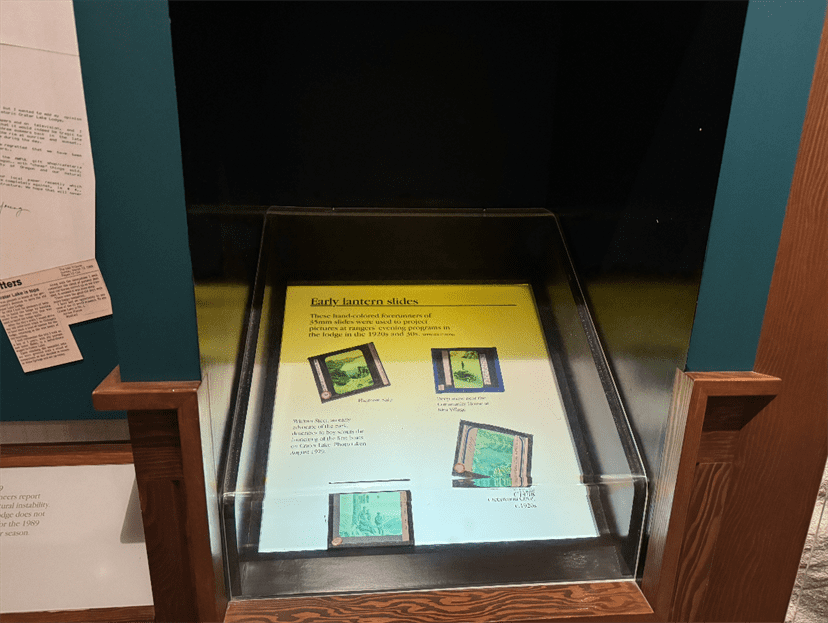
Entrance Fees and Passes for Crater Lake National Park
Visiting Crater Lake National Park requires an entrance fee or a valid National Park Service (NPS) pass. While vehicle reservations are not needed, purchasing your pass in advance is recommended to save time at the entrance. Passes can also be bought at any entrance station upon arrival.
Starting January 1, 2023, cash payments are no longer accepted. You can pay using debit or credit cards, Apple Pay, Samsung Pay, or other digital wallet options. Your fees contribute to improving visitor services and park facilities—thank you for supporting your national parks!
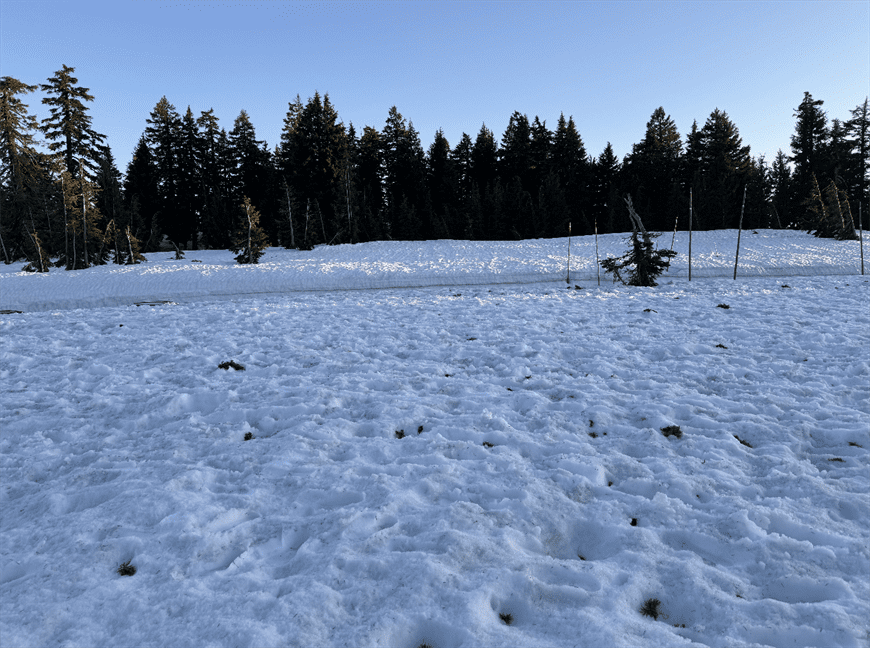
Available Passes and Fees
| Type | Available to | Price |
|---|---|---|
| Annual Pass | Everyone | $80.00 |
| Senior Annual Pass | U.S. citizens and permanent residents 62+ | $20.00 |
| Senior Lifetime Pass | U.S. citizens and permanent residents 62+ | $80.00 |
| Military Annual Pass | Current U.S. military and dependents | Free |
| Military Lifetime Pass | Gold Star Family members and veterans | Free |
| Access Pass | U.S. citizens and permanent residents with a permanent disability | Free |
| 4th Grade Pass | U.S. 4th graders | Free |
Plan Ahead
Purchasing an NPS pass before your trip ensures a smoother entry process and maximizes your time in the park. For more details about entrance passes, visit the official Crater Lake National Park website.
Places to Stay Outside Crater Lake National Park
Accommodations inside Crater Lake National Park, including Crater Lake Lodge, The Cabins at Mazama Village, and Mazama Campground, are often fully booked months in advance. However, there are plenty of lodging options outside the park to ensure you have a comfortable stay. Below is a list of hotels and campgrounds within 35 miles of Steel Visitor Center and park headquarters. This list does not include bed-and-breakfasts, guest houses, or vacation rentals.
If you prefer to stay farther away, options are also available in Chemult (42 miles), Shady Cove (55 miles), and Klamath Falls (57 miles). Many more lodging choices can be found beyond these towns.
Camping and Overnight Stays
Camping is prohibited in pullouts, picnic areas, and parking lots within the park. Overnight stays are only allowed for registered guests at the lodge, cabins, and campgrounds, as well as backpackers with a valid permit. Be sure to plan ahead for your accommodations, as options inside the park fill up quickly during peak seasons.
For a stay at Crater Lake National Park, expect to pay approximately $400 for two people. It’s highly recommended to book your accommodations at least a year in advance, as rooms and campsites are often fully booked well before your arrival.
This is approximately ₹33,000 INR, based on current exchange rates. Planning ahead ensures you secure a spot, as availability is limited during peak seasons.
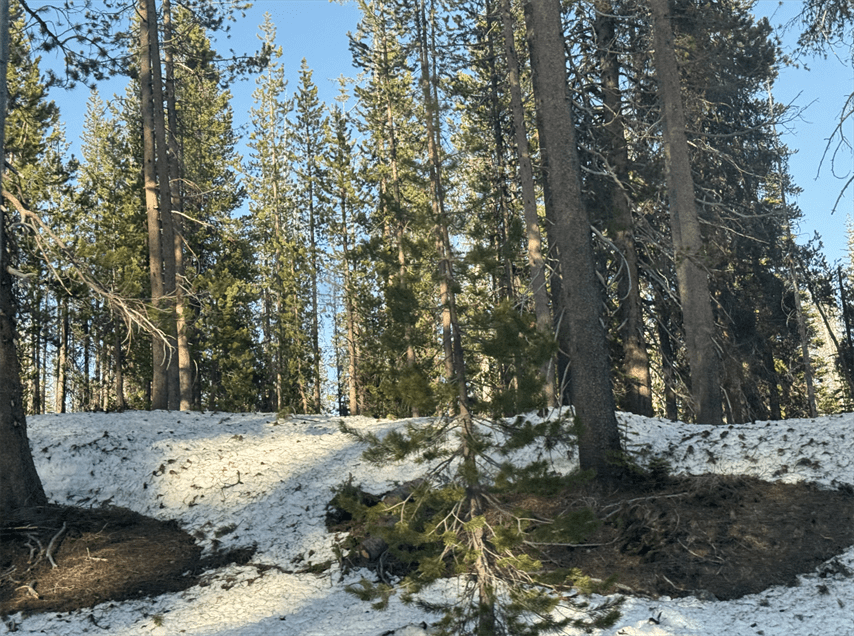
Many Ways to Explore Crater Lake National Park
Crater Lake, renowned for being one of the world’s deepest, clearest, and bluest lakes, captivates visitors with its natural beauty. Whether you’re here for a day or planning a week-long adventure, the park offers a variety of ways to explore and immerse yourself in the stunning surroundings.
With 90 miles of trails, you can hike through diverse forests, ascend peaks offering panoramic views of the lake, or take in the pristine wilderness. The historic 33-mile Rim Drive encircles Crater Lake, providing access to 30 scenic overlooks, perfect for photography, wildlife watching, and simply soaking in the breathtaking vistas.
For those who enjoy nature’s quiet beauty, opportunities for stargazing, camping, and even fishing (with advance planning) are available. The park also offers ranger-led programs, perfect for learning more about the area’s history, geology, and wildlife.
In addition to hiking and camping, you can try birding, backcountry exploration, and many more outdoor activities. For visitors traveling with pets, be sure to check the park’s pet guidelines for tips on where you can bring your furry companions safely.
Whether you’re hiking the rim, photographing wildflowers, or simply enjoying the peace of the lake, Crater Lake offers something for everyone.
I hope you enjoyed this article! For a more immersive experience, be sure to check out the video I’ve uploaded on YouTube, showcasing highlights from my trip. Don’t forget to subscribe to our channel for more informative vlogs and videos about travel, adventure, and much more! Stay tuned for future updates and content.


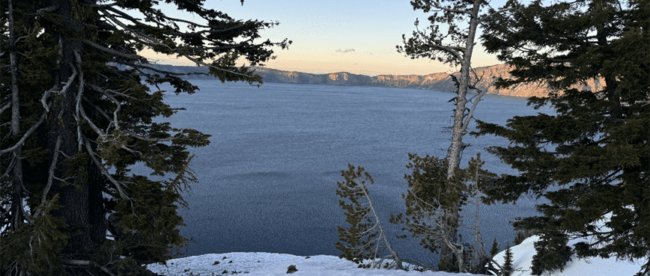
Leave a comment